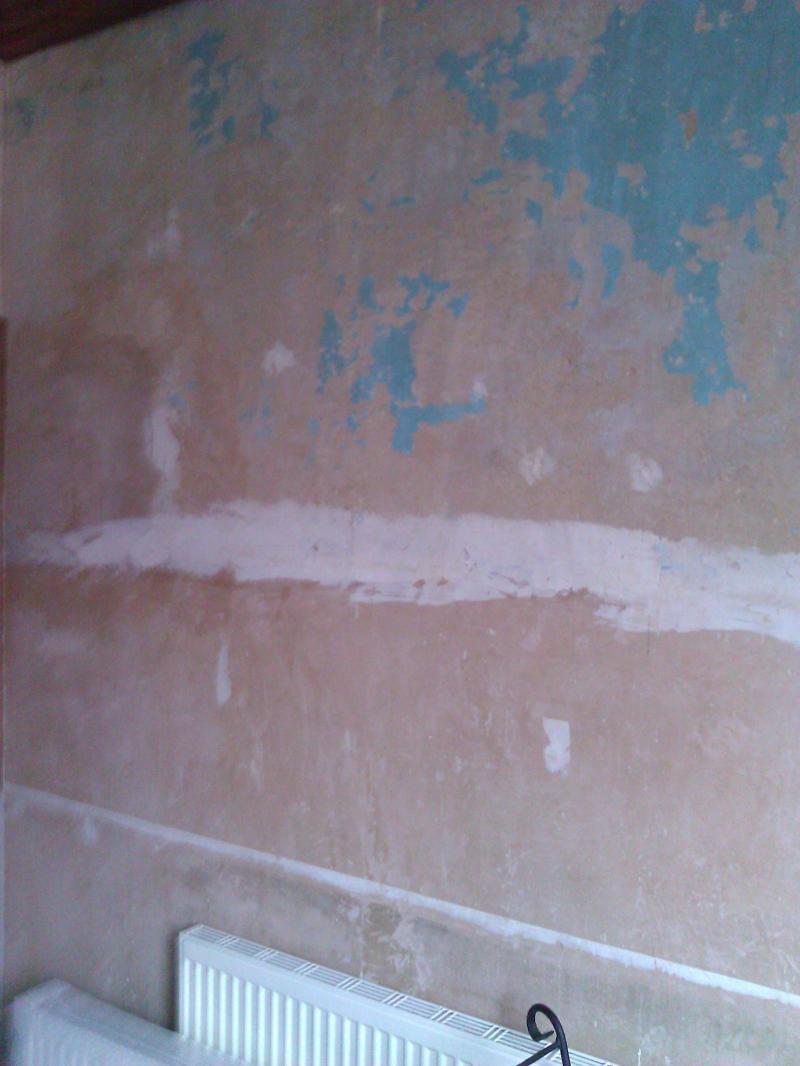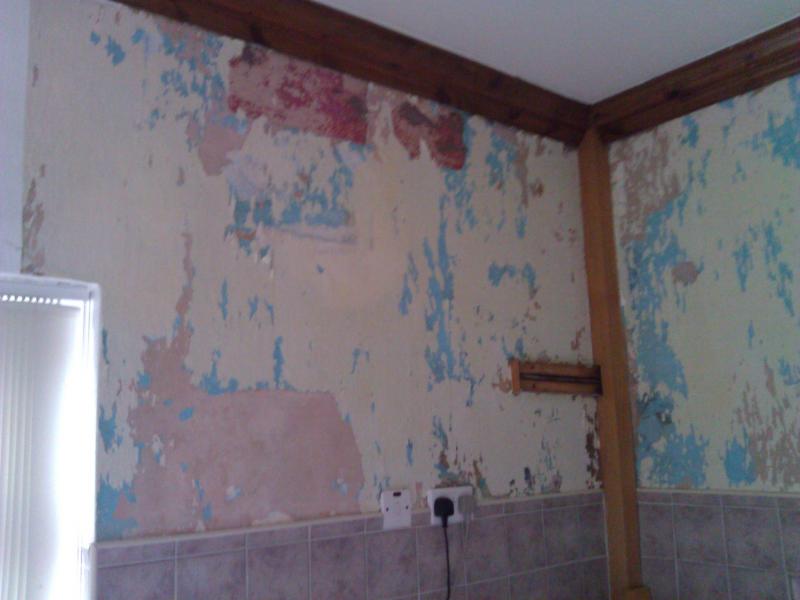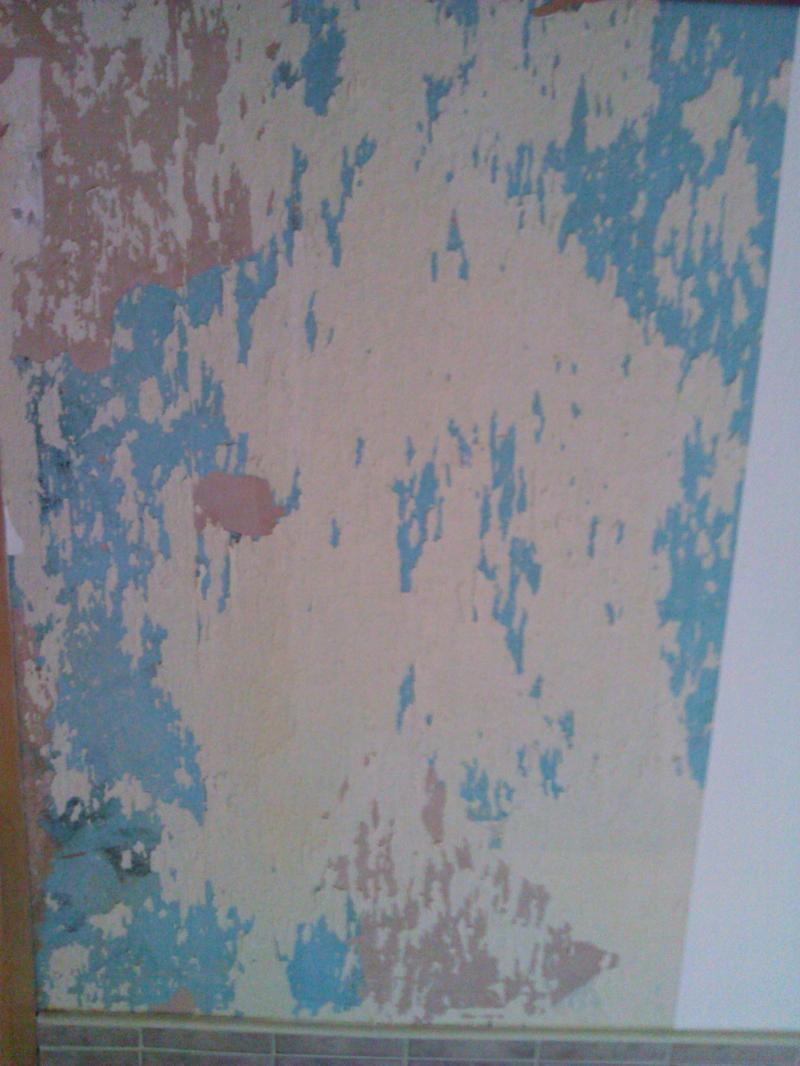I have just stripped textured wallpaper from one wall of my kitchen. The resulting surface is awful - cant paint it, dont want to wallpaper it.
The wall I've exposed is all over the place. In one corner its an inch out at the top! Despite it being an outside wall and the outside is plumb! And its a solid 9 inch wall! So there must be an inch more plaster at the bottom of the wall.
Is there any alternative to skimming it that is quick and easy? How hard is skimming really? I just watched a couple of videos on youtube and it doesnt seem very hard. But I know there's a skill to it.
I also dont want to loose any space in the room. So extra layers of board etc are not an option, and I dont want to take it back to brick if I can avoid it - the plaster is stable. Any ideas?
The wall I've exposed is all over the place. In one corner its an inch out at the top! Despite it being an outside wall and the outside is plumb! And its a solid 9 inch wall! So there must be an inch more plaster at the bottom of the wall.
Is there any alternative to skimming it that is quick and easy? How hard is skimming really? I just watched a couple of videos on youtube and it doesnt seem very hard. But I know there's a skill to it.
I also dont want to loose any space in the room. So extra layers of board etc are not an option, and I dont want to take it back to brick if I can avoid it - the plaster is stable. Any ideas?




